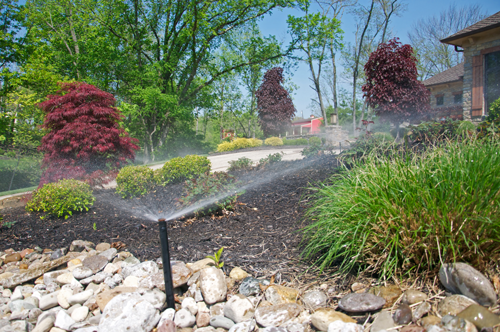 Summer can be hard on your water bill! The EPA reports that while the US population has doubled over the past 50 years, our water usage has tripled. And 40 states are anticipating water shortages by 2024.
Summer can be hard on your water bill! The EPA reports that while the US population has doubled over the past 50 years, our water usage has tripled. And 40 states are anticipating water shortages by 2024.
Even though we have the Ohio River in our backyard, water conservation is still important. Texas Living Waters Project has a good explanation for why:
“It may be raining on you, but that doesn’t always mean that your community’s water supply is increasing. Rain falling in a region or city doesn’t mean that water will actually be available for those people to use. Only about 15 percent of the water that falls onto highly developed areas re-enters the ground, which is what needs to happen for the water to be absorbed into the aquifers and springs that feed into our rivers, supplying our communities with water. In comparison, a full half of the rainwater that falls on natural landscapes gets absorbed into the ground. From there, this water slowly makes its way into aquifers, rivers, bays and our communities.”
1. Install a Smart Controller on Your Sprinkler System
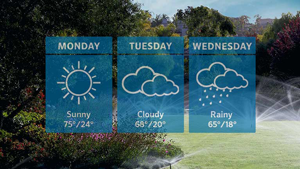 A smart controller like Hunter’s Hydrawise will save up to 50% on your water bill. In our area, Hunter estimates a water savings of 79%. Installing a smart controller for your lawn sprinklers is our number one tip because the water savings is that impressive. How does it work? Using local weather stations, the controller practices predictive watering, which stops your sprinklers from turning on if rain is in the forecast.
A smart controller like Hunter’s Hydrawise will save up to 50% on your water bill. In our area, Hunter estimates a water savings of 79%. Installing a smart controller for your lawn sprinklers is our number one tip because the water savings is that impressive. How does it work? Using local weather stations, the controller practices predictive watering, which stops your sprinklers from turning on if rain is in the forecast.
2. Wash Full Loads in a High-Efficiency Washer
Conventional washing machines built before 2011 use around 40 gallons per load. Modern High-efficiency washers use as little as 15 gallons. When you need to replace your machine, go for high efficiency. And washing full loads instead of small loads helps, because you’ll end up washing fewer overall loads.
3. Use a Pool Cover to Reduce Evaporation
Not only does a solar cover keep your pool water warmer, it prevents some evaporation (and keeps out more leaves and debris!).
4. Install an Efficient Dishwasher and Only Run When the Load is Full
Good news! Using a dishwasher uses less water than hand washing. So put away your rubber gloves. And new, efficient dishwashers are even better water savers. Again, try to wash full loads instead of partial loads.
5. Check for Leaks
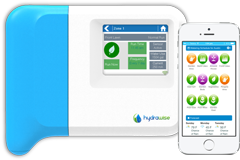 Faucets, toilets, showers and even your sprinkler system can all develop leaks. You can use your water meter to see if you have any undetected leaks on your property. Take an initial reading, then avoid using any water for two hours. If the meter doesn’t read exactly the same when you check again, then there’s a leak somewhere. If you are a member of our ‘No Worries’ Lawn Sprinkler Management Program, we constantly monitor your system for leaks and will alert you if we find one.
Faucets, toilets, showers and even your sprinkler system can all develop leaks. You can use your water meter to see if you have any undetected leaks on your property. Take an initial reading, then avoid using any water for two hours. If the meter doesn’t read exactly the same when you check again, then there’s a leak somewhere. If you are a member of our ‘No Worries’ Lawn Sprinkler Management Program, we constantly monitor your system for leaks and will alert you if we find one.
6. Install Water-Saving Showerheads
A low-flow showerhead uses less than 2.5 gallons per minute, compared with 5-10 gallons per minute with other showerheads. These are inexpensive and easy to install.

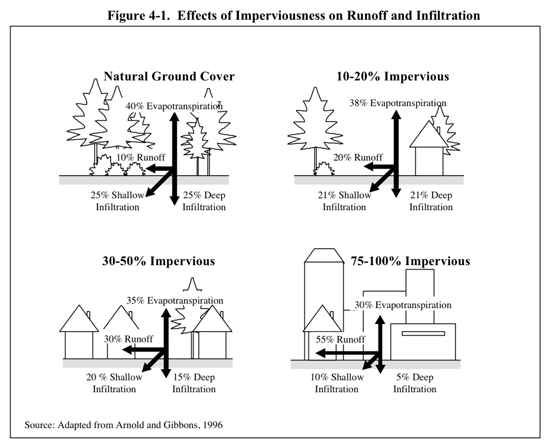


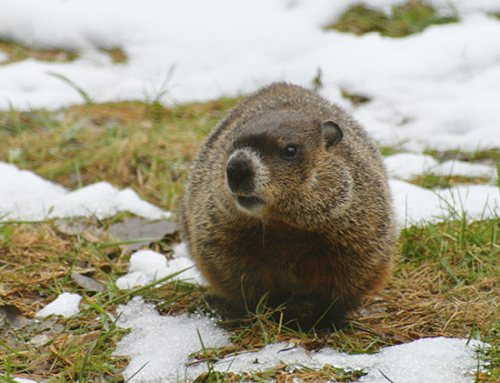
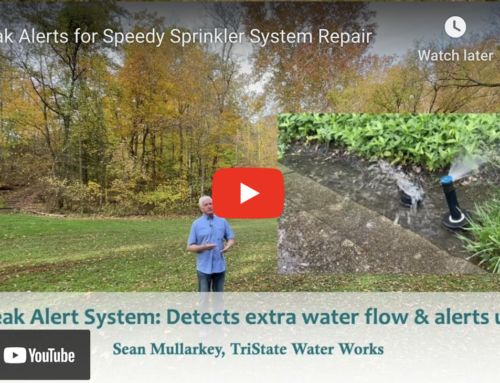
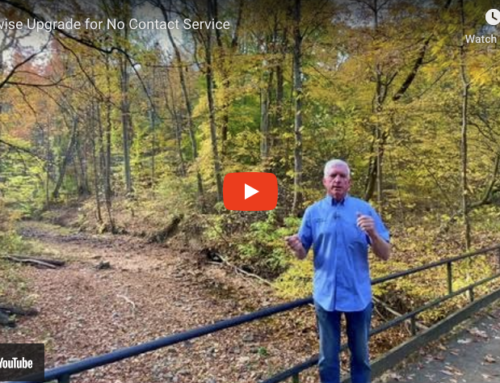
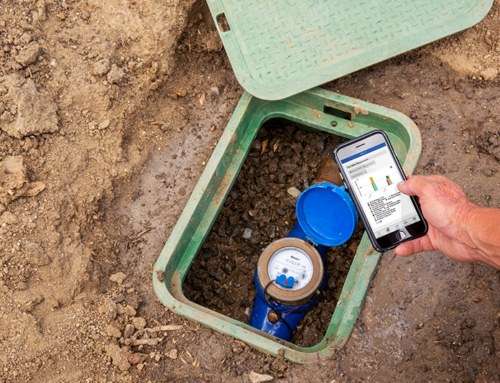

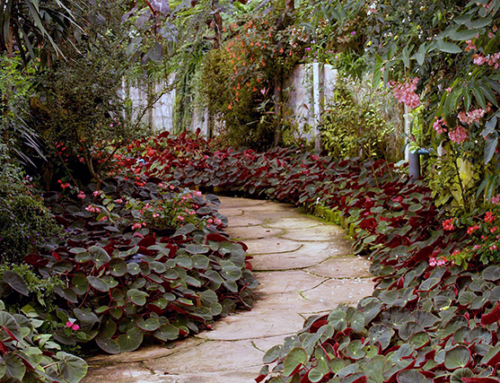
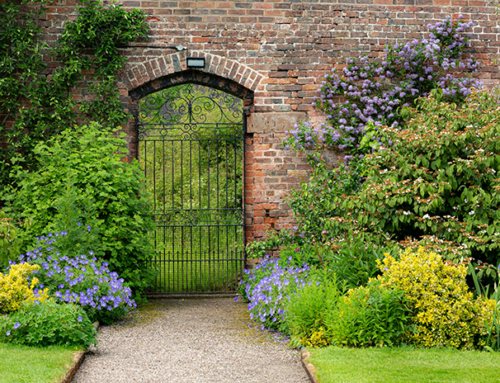
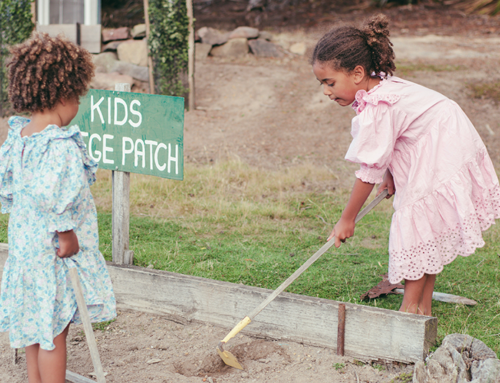
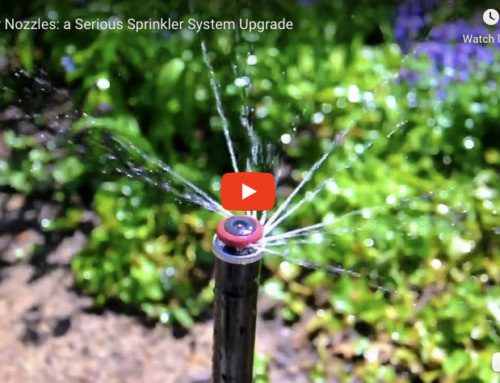
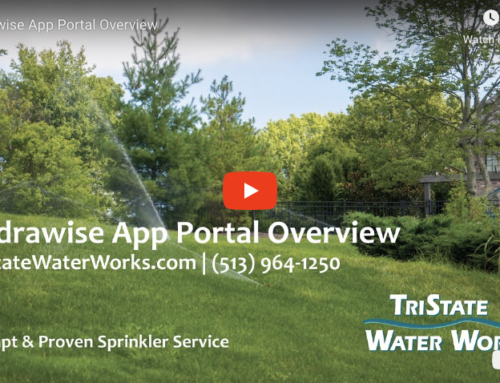
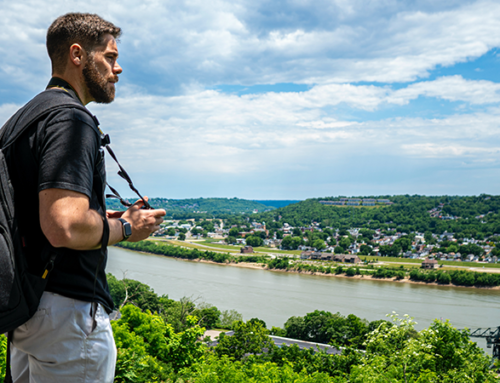
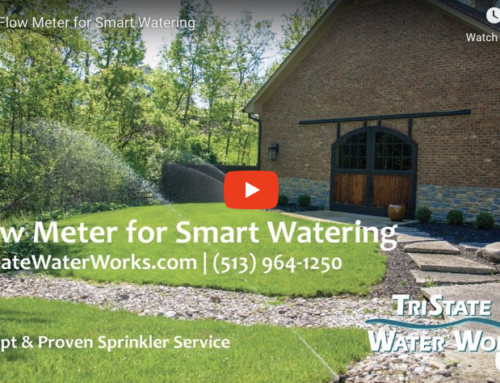
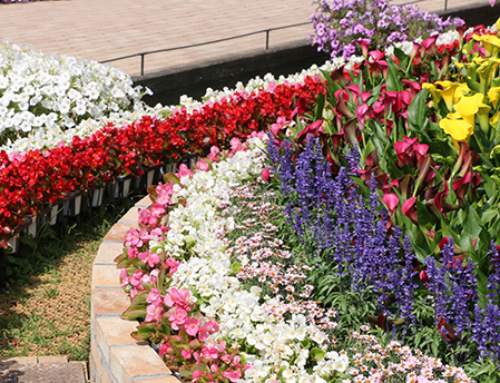
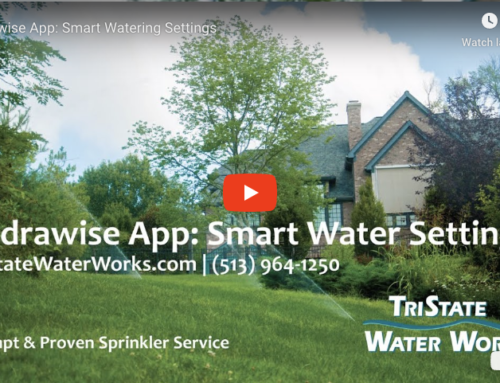
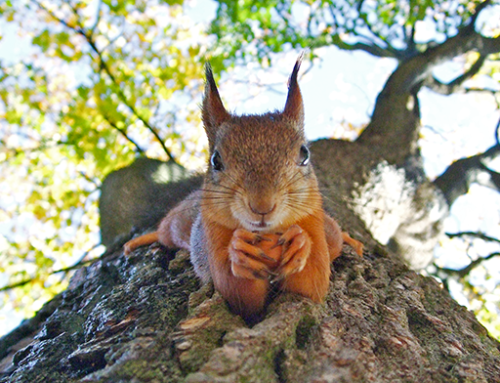
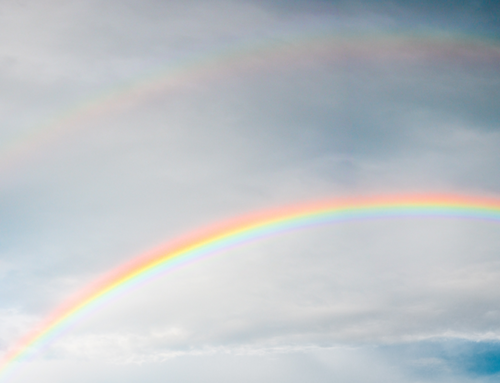
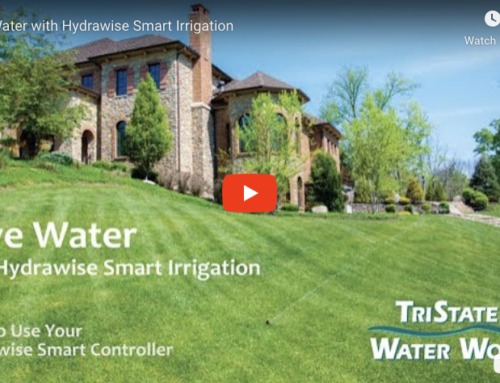
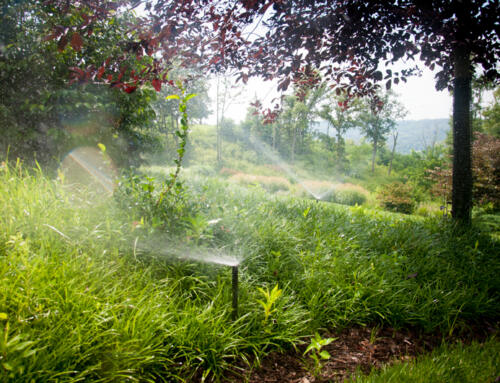
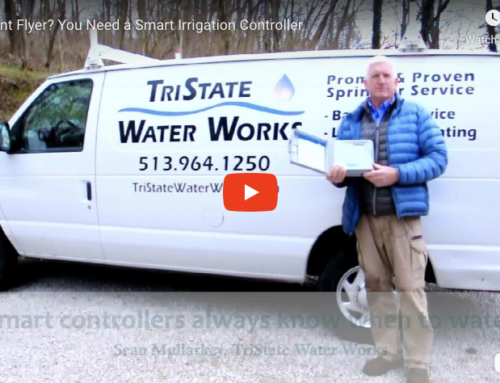
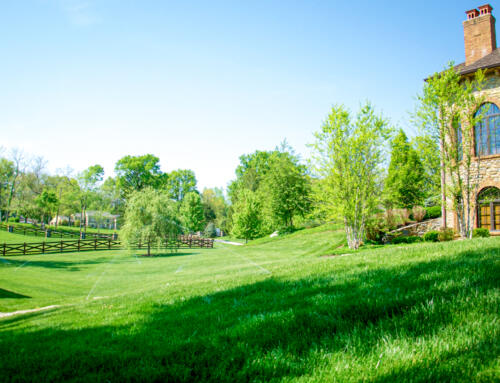
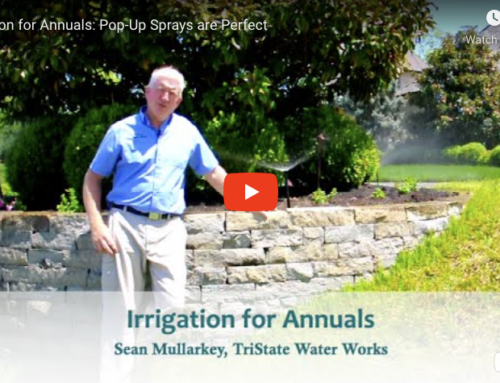
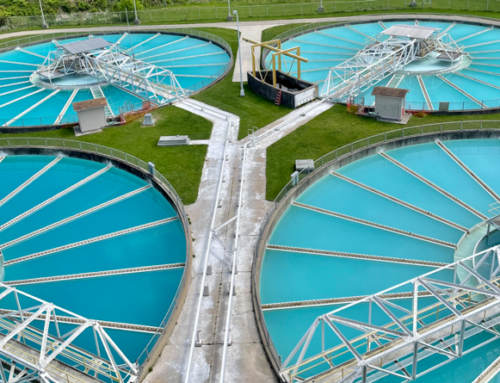
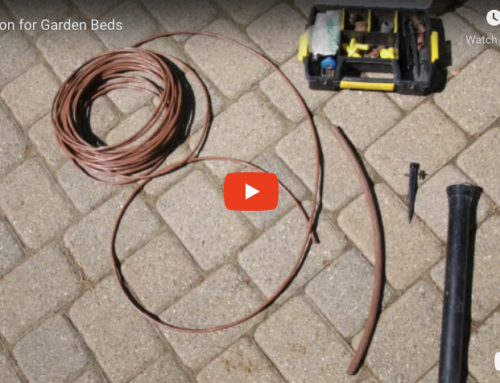
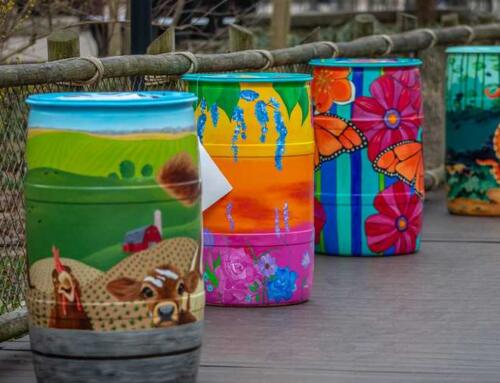
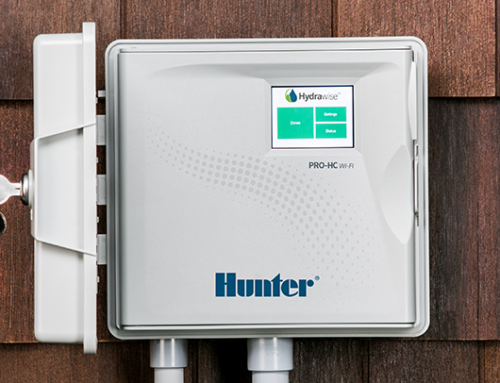
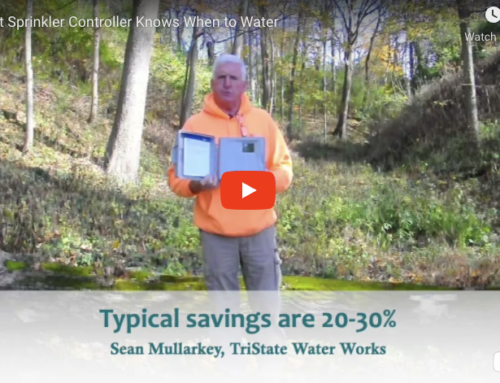
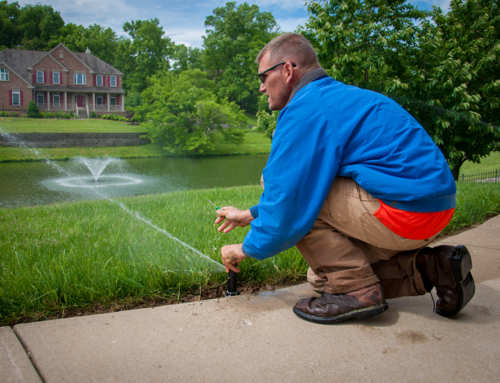
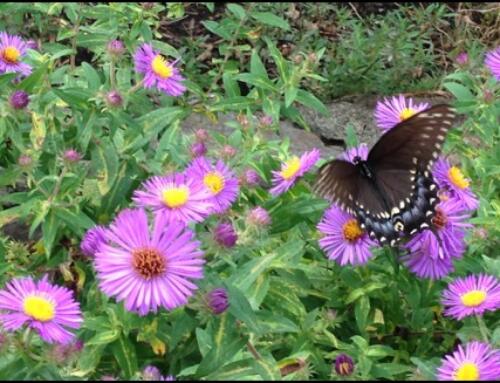
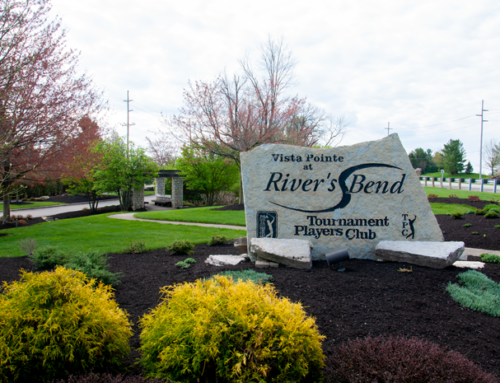
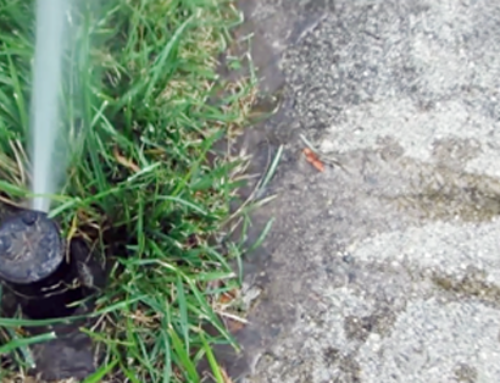

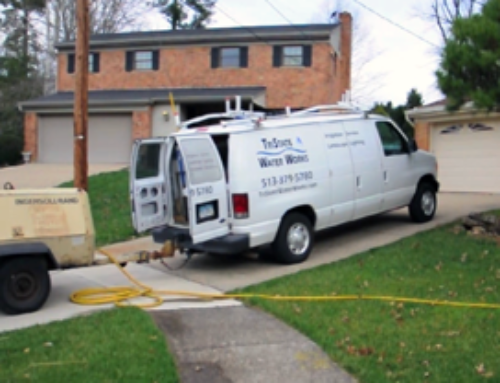
Leave A Comment